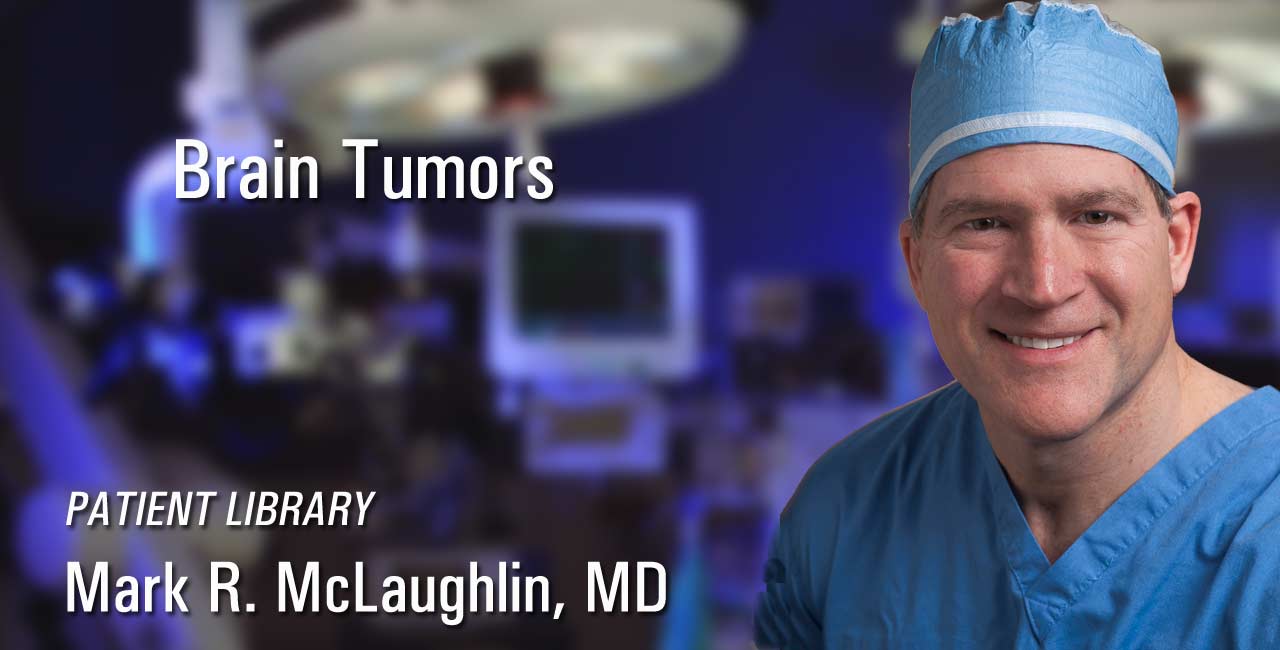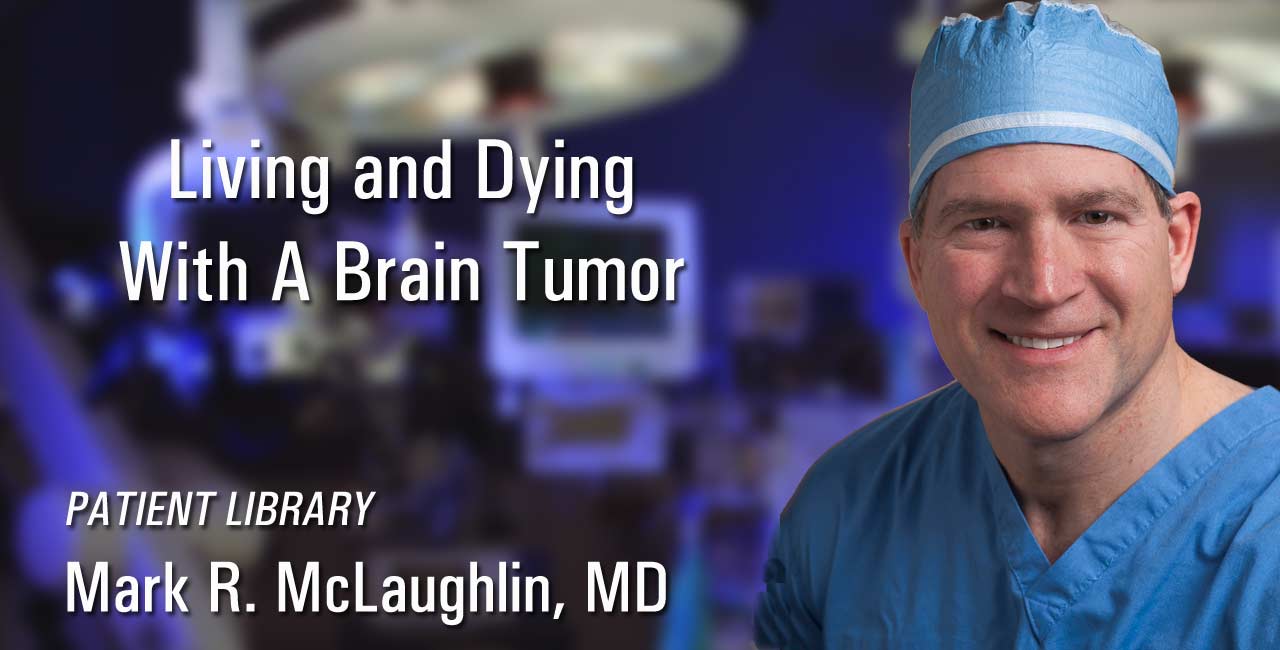Fighting A Brain Tumor : Act 2 - The Fight For Life

With Mark R. McLaughlin, MD, FACS, FAANS
“What happens next?” asks Ned, his posture slightly more uncomfortable.
As the words are formed, the question asked, I recognize the moment he considers what it would be like to have to ask this on behalf of his wife.
“What happens next is the fight for a life,” I explain.
An ensemble of highly trained specialists – all focused on killing our common enemy, cancer – join the patient at center stage. These actors are role players, each with a special niche in medicine that allows them to attack the cancerous cells from different angles.
Each part of this group has a unique task. Some use chemotherapy aimed at damaging the DNA or RNA replication of the cancer cells. Others specialize in delivering lethal doses of radiation to the tumor without harming the brain. These role players have an armamentarium of tools to treat and in some cases even cure brain cancer. The ensemble is more powerful together than any of its individual actors.
At this point in the script, patients have had their surgery and we’re discussing the results. The next step usually involves radiation. This is delivered to the brain in fractionated doses over a period of about a month. Hair loss is not uncommon during this phase in treatment. The radiation saps their energy, but overall it is well tolerated. Most patients will be very tired during their radiation therapy, but it will not be painful or too debilitating.
Some patients also receive stereotactic radiation, a highly focused form of radiation directed precisely at the remaining tumor bed. This is sometimes given in a few doses but more often in one high dose in one session. Side effects are usually minimal. Then, depending on the tumor and the patient’s age, chemotherapy can commence.
There is no way to sugarcoat it: chemotherapy is poison. It kills living cells by disrupting one or several mechanisms that allow cell replication. Because it affects cell reproduction, it preferentially kills rapidly growing cells. That is why it works on cancer.
But it also kills the normal, rapidly growing cells in the body like hair, stomach and intestinal cells and bone marrow. This is why chemotherapy patients experience hair loss, gastrointestinal symptoms and anemia. The hope is for the treatment to kill the cancer cells before it kills all the normal cells. As science has advanced, clinical researchers have discovered more selective chemotherapy agents that target the cancer more effectively without harming the normal cells as much.
Act II is full of pivotal scenes where battles are won or lost. Positive responses to treatment, including shrinking tumors and improvement in symptoms, are the victories that are always gratifying to see. During the best performances, the lines in Act II read, “I see no areas of recurrence,” and “Looks like we got this thing licked” or “The scan has been stable and I think we can start lengthening your follow-up appointment intervals.” These are the lines that excite me about my role of doctor as director.
I turn to Ned and tell him a second time, “So that is how I answer the question. And if I do it right, the patient and family know they have met with a professional. They walk out knowing we will fight like hell, that if there is any chance of surviving this, we’re going to beat it. Most importantly, when they leave my office, they know they are not alone.”
Brain Tumor Information for Patients - Expert Princeton Neurosurgeon
Brain Tumors
Brain Tumors. What we know... how we treat... what patients need to know. Top New Jersey Neurosurgeon Mark R. McLaughlin, MD is your guide.
Living and Dying with a Brain Tumor - The Question
How do you tell someone they have a brain tumor? Ned, my high school buddy asked me recently at our reunion luncheon, trying to get an insider’s view of a neurosurgeon’s life. It’s actually a very common question that I am asked.
Fighting A Brain Tumor : Act 1 - Informing The Patient
Act One- Fighting a Brain Tumor... Informing the patient. The patient usually knows the words to come long before I sound the first syllable. Almost always, people with cancer in their lives more than look me in the eyes.
Fighting A Brain Tumor : Act 3 - When the End Comes
Fighting a Brain Tumor Act 3... when the end comes. When the fight has been fought and the enemy reigns superior, the team yields and the toughest question of all must be faced.
Understanding Glioblastoma
On April 30, 2025, acclaimed singer Michael Bolton was interviewed in People Magazine about his December 2023 diagnosis of glioblastoma, his surgery, and his current condition.








